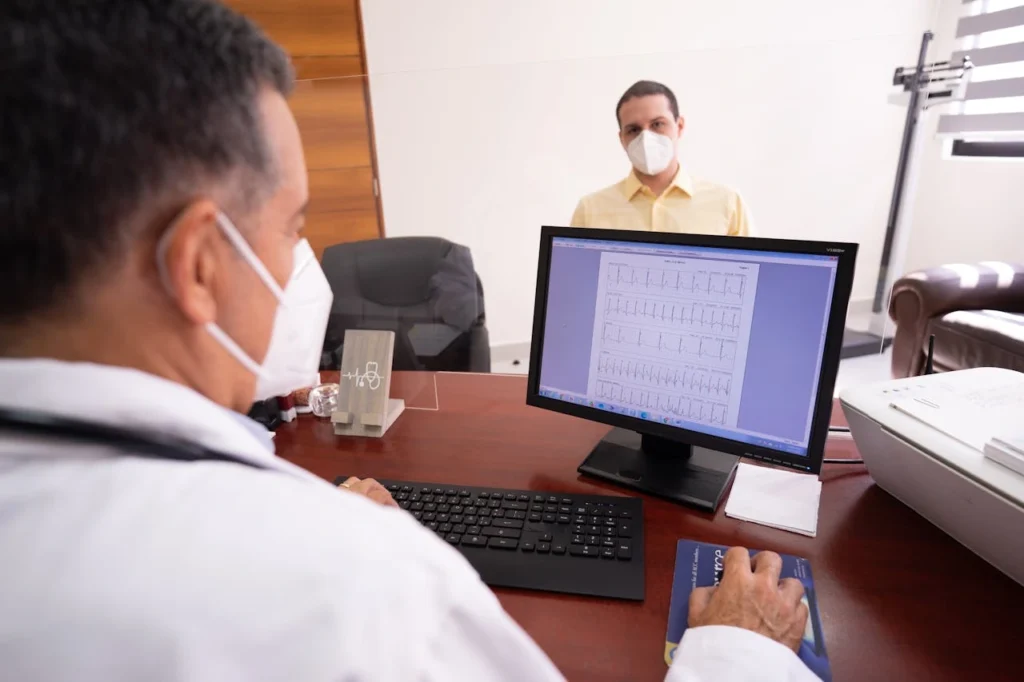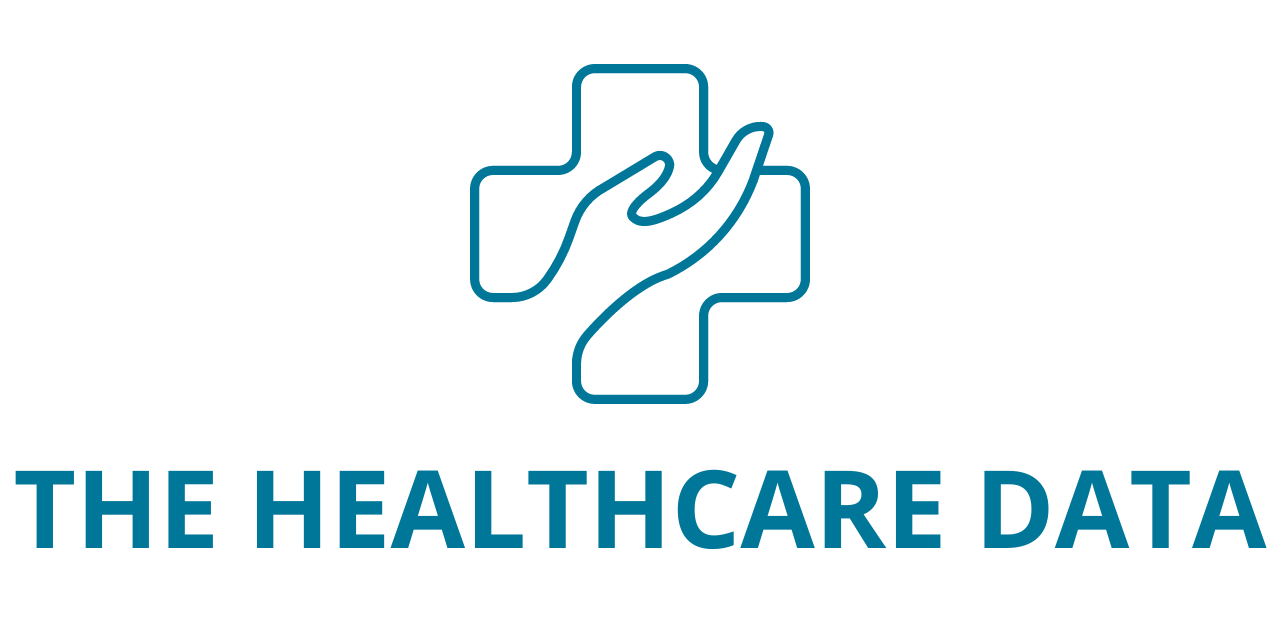GenSight Biologics Reveals 5-Year Efficacy and Safety Results for LUMEVOQ® Gene Therapy from REFLECT Study
GenSight Biologics, a biopharma company dedicated to developing gene therapies for retinal neurodegenerative diseases and central nervous system disorders, has released the final efficacy and safety data from its REFLECT Phase III clinical trial for LUMEVOQ® (GS010; lenadogene nolparvovec). These results show that five years after a single administration of the gene therapy, patients with Leber Hereditary Optic Neuropathy (LHON) continue to experience sustained improvements in visual acuity, along with a favorable safety profile. Bilateral injections provided additional benefits compared to unilateral treatment, as demonstrated by certain responder rate analyses.
Prof. Patrick Yu-Wai-Man, MD, PhD, Professor of Ophthalmology at the University of Cambridge and International Principal Investigator of the REFLECT study, emphasized that the REFLECT data confirms the long-term benefits of lenadogene nolparvovec. “The sustained improvement seen at Year 5, especially the additional benefit in those receiving bilateral injections, is a significant finding for LHON patients,” he said. “Importantly, the safety profile for bilateral treatment is comparable to unilateral treatment.”
The final results confirm findings reported at the 4-year mark in March 2024, indicating that the benefits of the therapy are enduring. The study highlights a significant and sustained visual improvement over the 5-year period for all patients treated with LUMEVOQ®. The improvement in placebo-treated eyes further supports the consistent contralateral treatment effect observed in previous trials, such as the REVERSE and RESCUE studies.
The progression of visual acuity in the trial participants shows that LUMEVOQ® treatment maintained significant improvement over the five years. Since LHON can cause rapid vision deterioration during the acute phase, the study used the nadir (the worst visual acuity recorded) as a better point of reference for assessing treatment effectiveness rather than baseline vision, which varies greatly depending on the disease’s stage at enrollment. When compared to the nadir, the average visual acuity for all LUMEVOQ®-treated eyes showed improvements of more than +15 letters on the ETDRS chart, a threshold that signifies clinically meaningful recovery. These results are consistent with the observed improvements in previous studies.

Responder analyses further support the findings, showing that patients treated bilaterally with LUMEVOQ® exhibited a higher rate of clinically relevant recovery compared to those receiving unilateral treatment (75% vs. 60%). Specifically, 79% of bilaterally treated patients achieved on-chart vision, which is defined as being able to read letters on a vision chart, compared to 72% of those treated in only one eye. These findings underscore the advantages of bilateral treatment for LHON patients, a group that typically experiences severe visual impairment and low likelihood of spontaneous recovery.
In terms of safety, the trial reinforced the favorable safety profile of LUMEVOQ®. There were no discontinuations due to ocular or systemic adverse events, and no serious ocular adverse events were reported. The most common ocular side effect was mild intraocular inflammation, which responded well to conventional treatment. The safety profile for both bilaterally and unilaterally treated subjects remained comparable, highlighting the consistency of LUMEVOQ®’s safety across treatment regimens.
The REFLECT study was a randomized, double-masked, placebo-controlled Phase III trial that included 98 subjects with vision loss due to LHON caused by a mutation in the ND4 mitochondrial gene. Participants had experienced vision loss for up to one year from the onset of the disease. All subjects received an intravitreal injection of LUMEVOQ® in their first affected eye. The second affected eye was randomly assigned to receive either a second dose of LUMEVOQ® or a placebo, administered on the same or following day. Of the 98 subjects, 48 received bilateral treatment with LUMEVOQ®, while 50 received unilateral treatment.
LUMEVOQ® is a gene therapy that aims to restore vision in LHON patients, a condition that leads to irreversible blindness, typically affecting young adults and teenagers. The therapy works by addressing the underlying genetic mutation that causes the disease. GenSight Biologics’ approach involves administering the treatment via a single injection into each eye, and the ongoing data from the REFLECT study strengthens the company’s position as a leader in the development of innovative therapies for retinal diseases.
GenSight Biologics continues to advance its clinical programs, including its focus on retinal neurodegenerative diseases and central nervous system disorders. With LUMEVOQ® demonstrating lasting efficacy and a positive safety profile over five years, the company remains committed to improving the lives of patients suffering from conditions like LHON.





